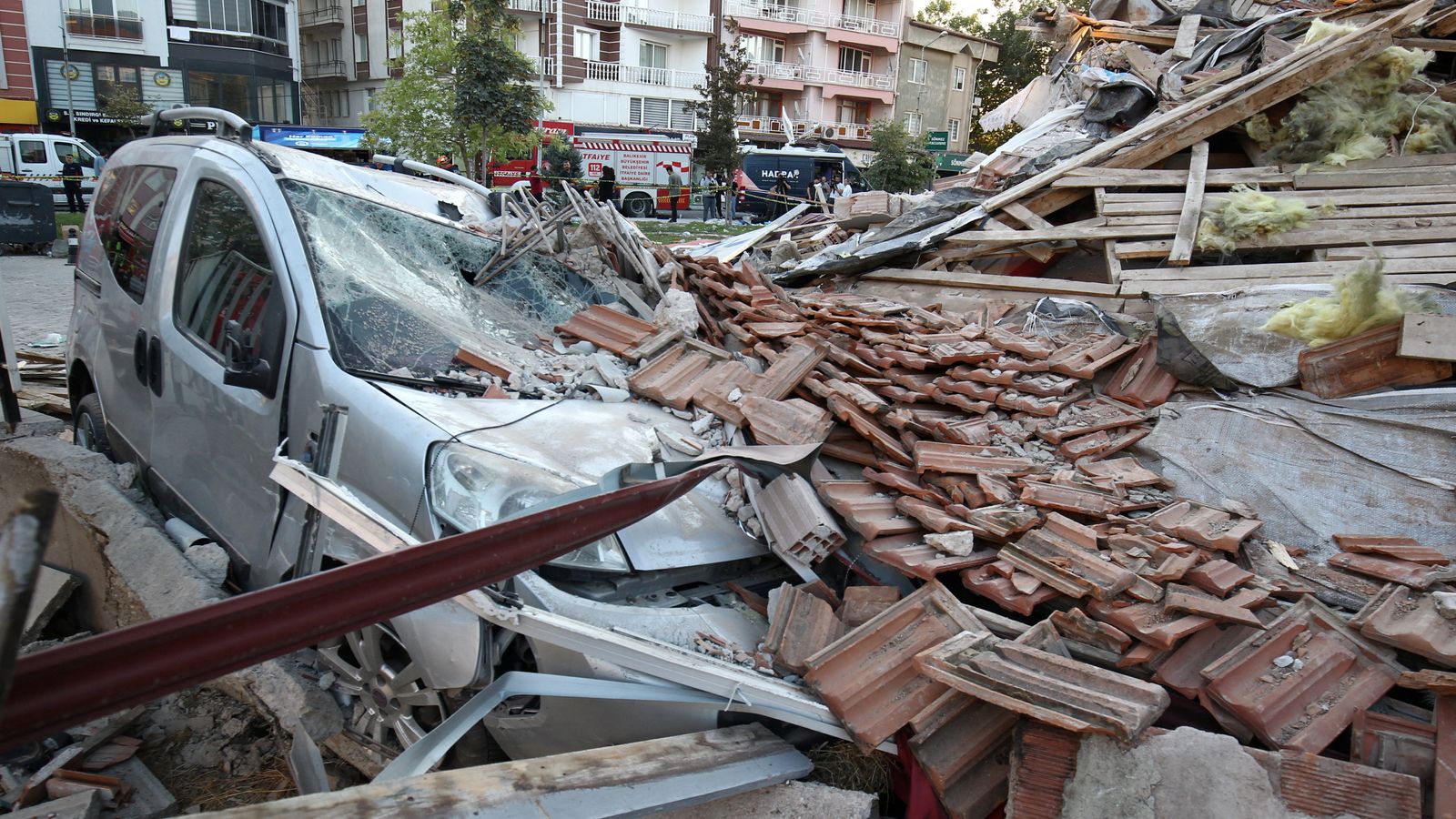Istanbul, Turkey’s largest city, ranks among the world’s most earthquake-prone urban centers due to its proximity to the North Anatolian Fault (NAF)—one of the most active and dangerous fault lines on the planet.
Stretching over 1,200 km from eastern Turkey to the Sea of Marmara, the NAF marks the boundary between the Anatolian Plate and the Eurasian Plate, where the former moves westward at a rate of approximately 2–2.5 cm per year, accumulating immense energy that is periodically released as powerful earthquakes.
The Seismic Belt of Turkey
The North Anatolian Fault forms a seismic belt running from eastern Anatolia to the Aegean Sea, passing near Istanbul via the Sea of Marmara.
Over the past century, this belt has witnessed a series of devastating earthquakes that migrated progressively westward, a phenomenon known to geologists as “seismic migration.”
Historical Earthquakes in Istanbul and Surrounding Areas
The 1509 Earthquake: Known as the “Little Apocalypse,” it destroyed much of the Ottoman city and claimed tens of thousands of lives.
The 1766 Earthquake: Caused widespread destruction and had significant economic and social consequences.
The 1999 İzmit Earthquake: Measuring 7.4 in magnitude, it killed over 17,000 people and remains one of Turkey’s deadliest natural disasters. This event intensified fears of a similar quake striking Istanbul due to its proximity to the Sea of Marmara.
The Predicted Major Earthquake for Istanbul
Geological studies indicate that the seafloor south of Istanbul is storing significant seismic energy.
Experts warn of a potential earthquake with a magnitude between 7.0 and 7.5 in the coming decades, potentially affecting over 15 million people in the city and its surrounding metropolitan area.
Potential Impact on the City
A major quake in Istanbul would not only damage older, non-earthquake-resistant structures but also pose serious challenges to critical infrastructure, including bridges, tunnels, key transportation networks like the Marmaray rail system, as well as ports and airports.
Economically, the consequences would be severe, as Istanbul is Turkey’s financial and industrial hub, contributing roughly one-third of the nation’s GDP.
Preparedness and Mitigation Measures
Turkish authorities are actively working to enhance public awareness, update building codes for greater seismic resilience, and develop evacuation and rescue plans.
Investments are also being made in early warning systems to monitor seismic activity in the Sea of Marmara, aiming to provide precious seconds that could save countless lives.

















